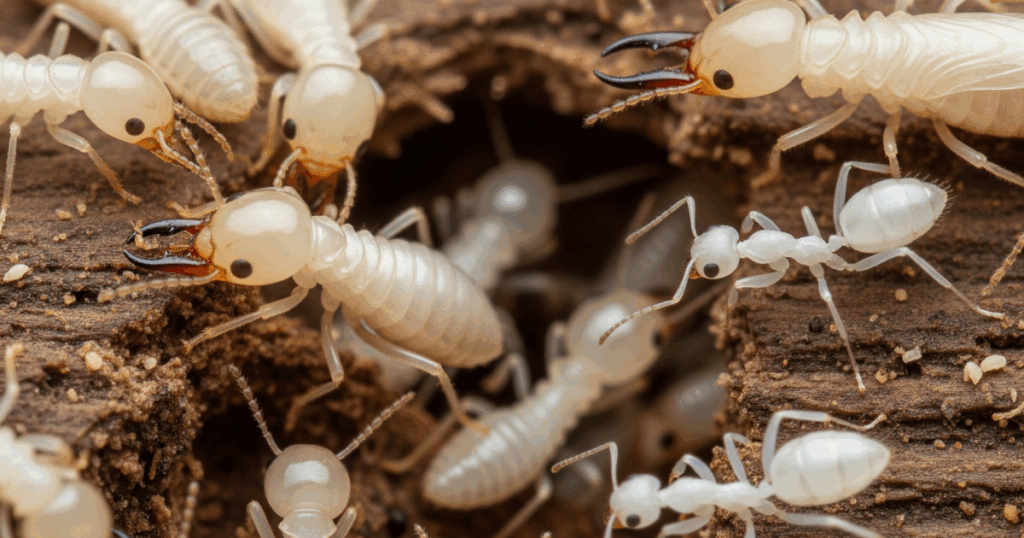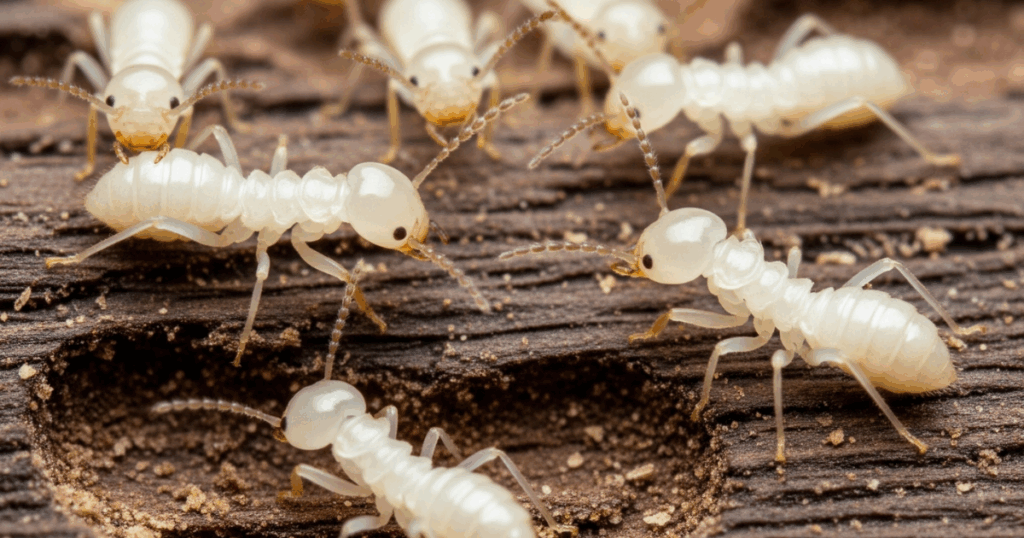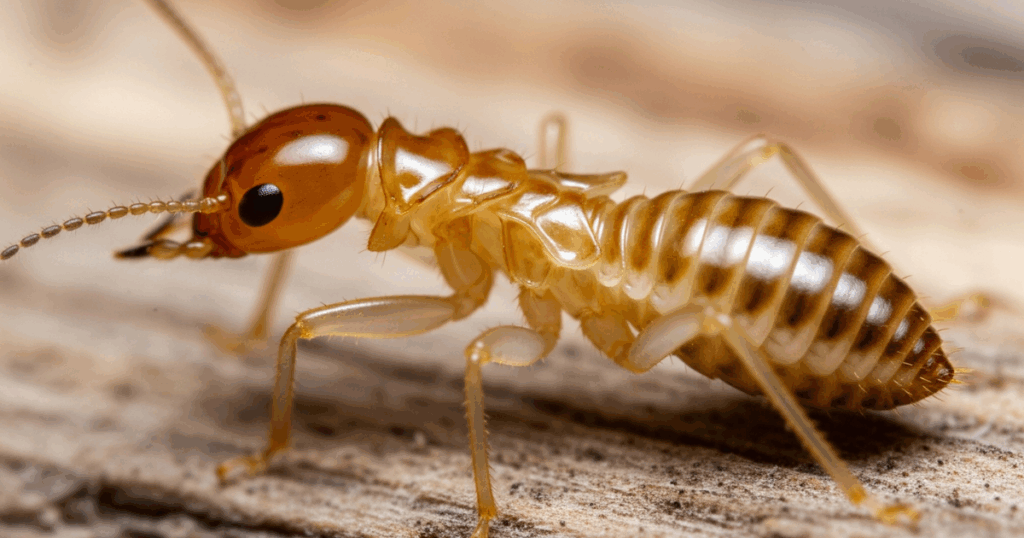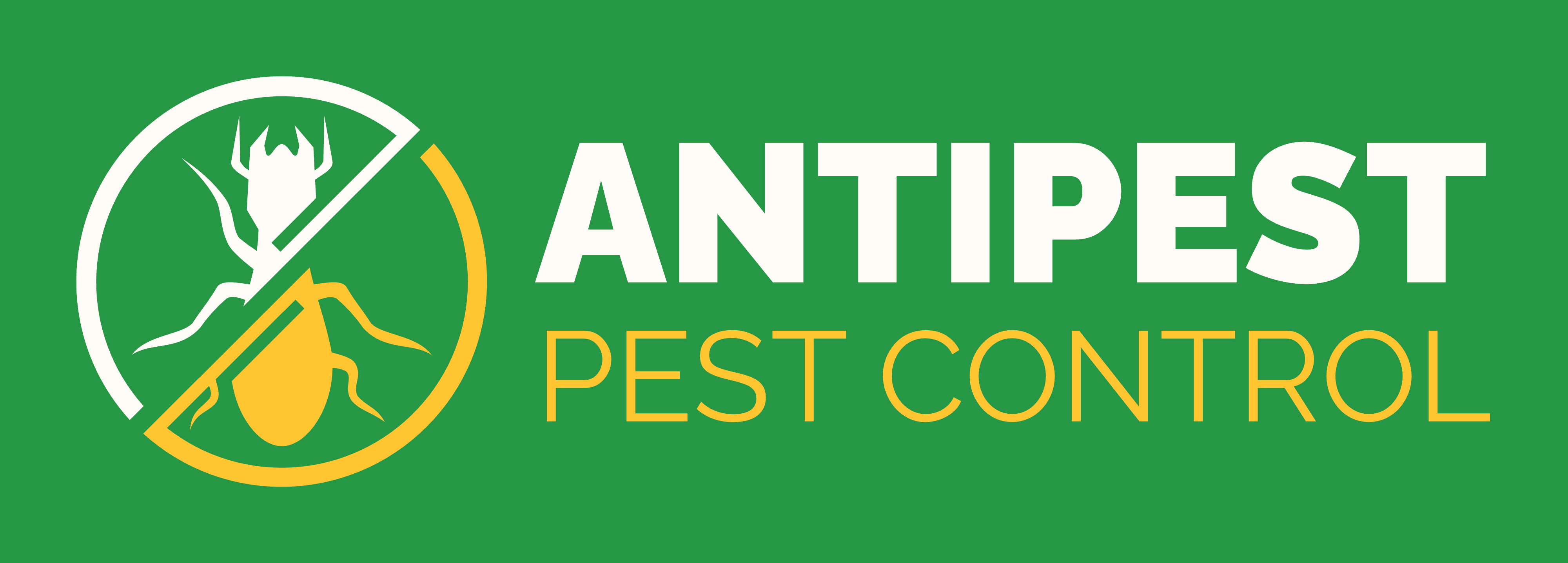The difference between white ants and termites is one of the most common misconceptions in pest identification. Many homeowners use these terms interchangeably, but understanding this relationship is crucial for proper pest management and home protection. Despite their similar appearance and behavior, the difference between white ants and termites lies in the fact that they are actually the same insect – termites are simply called “white ants” due to their pale coloration.
This confusion about the difference between white ants and termites can lead to costly delays in treatment, making it essential to understand what you’re dealing with when these destructive pests invade your property
Table of Contents
Understanding the Difference Between White Ants and Termites

The terms “white ants” and “termites” are frequently used interchangeably, yet knowing the difference between white ants and termites is essential for effective pest control. If you’ve ever spotted pale, ant-like insects near your wooden structures and wondered, Are they white ants or termites?, you’re not alone. Many homeowners confuse the two due to their similar appearance, leading to misidentification and sometimes costly mistakes.
The difference between white ants and termites lies not just in their name, but also in their biology, behavior, and threat level. Termites, often called white ants due to their pale color, are infamous for structural damage, unlike regular ants that are typically less harmful. By the end of this article, you’ll understand why the difference between white ants and termites is more than a simple terminology issue, and how to spot, prevent, and manage each effectively.
What Are Termites?

Termites, commonly known as white ants, are social insects belonging to the order Isoptera. These pests live in large colonies, thrive in dark and damp environments, and feed extensively on wood and plant material. Unlike regular ants, they possess soft, pale bodies and straight antennae and are organized in a caste system comprising workers, soldiers, and reproductive individuals.
Key facts about termites:
- Often pale brown, creamy white, or light tan in color.
- Colonies can contain millions and include queens, kings, soldiers, and workers.
- Their primary diet is cellulose, found in wood, leaf litter, and paper.
- Known for causing substantial damage to wooden structures and crops.
Winged Termites’ ability to remain hidden until their nests are disturbed makes early detection challenging. Their habit of consuming wood from the inside out is a leading cause of significant property damage worldwide.
What Are Ants?

Ants, members of the order Hymenoptera and the family Formicidae, are also social insects renowned for their complex colonies and diverse environmental roles. Unlike termites, ants can be many colors, red ants, black, brown, sugar ants and typically have a hard exoskeleton and elbowed antennae.
Important features of ants:
- Generally dark-colored with pinched waists and bent antennae.
- Live in colonies with a queen, males (drones), and female workers or soldiers.
- Perform key functions in ecosystems, such as soil aeration and pest control.
- Common household ants cause minimal damage compared to termites.
Despite being widespread and sometimes annoying, ants hardly pose the level of structural threat as termites do. Their presence is usually visible and can be managed with basic pest control measures.
| Feature | Termites (White Ants) | Regular Ants |
| Color | Pale, creamy white, light tan | Brown, black, red |
| Body Shape | Straight waist, broad thorax | Pinched waist, narrow thorax |
| Antennae | Straight, beaded | Bent, elbowed |
| Wings | Equal-sized pairs | Large front wings, small hind wings |
| Eyes | Usually blind (worker/soldier) | Compound eyes (most species) |
How Do You Tell If It’s a Termite or an Ant?
Incorrect identification can cost thousands in damages or lead to ineffective pest control. Here’s how you can quickly tell the difference between white ants and termites:
Visual Clues
- Body Color: Termites are pale (white to light tan), ants are generally darker.
- Waist Shape: Termites have a straight, uniform body without pinched waist; ants have a distinct waist.
- Antennae: Termite antennae are straight, while ant antennae are bent.
- Wings: Reproductive termites have two pairs of equal wings; ants’ forewings are larger than hind wings.
- Eyes: Most termites (workers/soldiers) are blind; ants have compound eyes.
Behavioral Signs
- Habitat: Termites nest in wood or soil, often hidden; ants are seen foraging openly.
- Damage Patterns: Termites create mud tubes and hollow wooden structures, ants do not.
- Presence: Ants are commonly visible indoors/outdoors. Termites are concealed, discovered only during infestation.
| Identification Method | Termites (White Ants) | Regular Ants |
| Body color | Pale, creamy white | Dark |
| Waist | Straight, no pinch | Pinched |
| Antennae | Straight | Bent |
| Visibility | Hidden | Seen often |
| Structural damage | Severe | Minimal |
Learn how to get rid of wood eating insects and keep your furniture safe for years.
7 Key Differences Between White Ants and Termites
The fundamental truth about the difference between white ants and termites is that there is no difference – they are the same insect. However, understanding the differences between termites (white ants) and regular ants is crucial:
1. Taxonomic Classification
- Termites: Order Isoptera, related to cockroaches
- Regular Ants: Order Hymenoptera, related to bees and wasps
2. Body Structure
- Termites: Broad waist, straight body profile
- Regular Ants: Constricted waist with distinct body segments
3. Coloration
- Termites: Transparent to creamy white workers
- Regular Ants: Typically darker colors – reddish or dark brown
4. Wing Characteristics
- Termites: Wings of equal size, shed after swarming
- Regular Ants: Unequal wing sizes when present
5. Dietary Preferences
- Termites: Exclusively cellulose from wood and plant matter
- Regular Ants: Varied diet including food scraps and sugary substances
6. Damage Potential
- Termites: Cause extensive structural damage by consuming wood
- Regular Ants: Minimal structural damage, mainly nuisance pests
7. Detection Difficulty
- Termites: Avoid light, damage often hidden until severe
- Regular Ants: Visible foraging behavior, easier to detect
| Difference | Termites (White Ants) | Regular Ants |
| Order | Isoptera | Hymenoptera |
| Body waist | Straight | Pinched |
| Color | Pale/white | Dark/brown/red |
| Antennae | Straight | Elbowed |
| Wing structure | Equal-sized pairs | Unequal pairs |
| Visibility | Hidden, in wood/soil | Active, seen often |
| Damage | Severe, structural | Minimal |
Struggling with flying ants? Discover quick fixes that actually work!
Damages Caused by Termites vs. Ants
Among all household pests, termites (white ants) present the most serious threat to property. The difference between white ants and termites is stark when it comes to their destructive capacity.
Termite Damage Characteristics
Termites cause approximately 6.8 billion worth of property damage annually, making them one of the most destructive pests homeowners face. Their damage is characterized by:
- Hollow-sounding wood when tapped due to internal consumption
- Mud tubes along foundations and walls used for travel
- Bubbling or peeling paint on wall surfaces
- Buckling wood that resembles water damage
- Structural compromise that can make homes uninhabitable within years
Ant Damage Characteristics
Carpenter ants, while they inhabit wood, create different damage patterns:
- Smooth galleries or tunnels inside moist wood
- Kick-out holes with piles of wood shavings
- No structural consumption – they excavate rather than eat wood
- Minimal long-term damage compared to termites
| Damage Type | Termites | Ants |
| Wood Consumption | Yes – eat wood for nutrition | No – excavate for nesting |
| Structural Risk | High – can compromise building integrity | Low – minimal structural impact |
| Detection Method | Hollow sound when tapped | Visible tunnels and wood shavings |
| Repair Costs | Average $7,000 per property | Significantly lower repair costs |
Discover safe, natural and effective ways on How to Remove Ants from Garden – read the full guide here.
Signs of Infestation: What to Look For?
Recognizing infestation signs helps clarify the difference between white ants and termites and regular ant problems. Since there is no actual difference between white ants and termites, the following signs indicate termite presence:
- Mud tubes: Pencil-thick tunnels connecting soil to wooden structures
- Discarded wings: Found near windows, doors, or light sources after swarming
- Hollow-sounding wood: Timber that sounds hollow when tapped
- Frass deposits: Termite droppings that resemble sawdust or coffee grounds
- Buckling paint or wallpaper: Caused by moisture and termite activity behind surfaces
The absence of these signs, combined with visible ant trails leading to food sources, typically indicates regular ant activity rather than termite infestation.
How to Prevent White Ants and Termite Damage?
Recognizing the difference between white ants and termites is the first step; the next is preventing their costly damage.
Effective termite prevention includes:
- Regular Inspections: Annual professional termite checks uncover hidden colonies.
- Moisture Control: Fix leaks, ensure proper drainage, and keep foundations dry.
- Wood Care: Store firewood away from your home and maintain wooden structures.
- Barriers and Treatments: Use chemical barriers, baits, and wood treatments professionally.
- Seal Entry Points: Close gaps and cracks in foundations, walls, and around plumbing.
Ant prevention focuses more on food and entry:
- Cleanliness: Store food in sealed containers, clear up crumbs.
- Seal Gaps: Fix cracks and holes in walls and windows.
- Repellent Measures: Use ant baits and non-toxic repellents as needed.
| Prevention Method | Termites (White Ants) | Regular Ants |
| Professional inspection | Essential | Sometimes helpful |
| Moisture control | Critical | Not required |
| Wood storage | Away from home | Not relevant |
| Chemical barriers | Recommended | Not standard |
| Food cleanliness | Not relevant | Crucial |
Cost Implications: Financial Impact of Misidentification
The financial difference between white ants and termites misidentification can be substantial. Property owners who mistake termites for regular ants may attempt inappropriate DIY treatments, allowing infestations to spread unchecked. Professional termite treatment costs typically range from 1,000 to 5,000, while repair costs for untreated infestations can exceed 20,000.
Insurance coverage varies significantly between ant and termite damage. Most homeowner policies exclude termite damage but may cover ant-related issues under pest coverage riders. Understanding that there is no difference between white ants and termites helps ensure proper insurance claims and coverage decisions.
Conclusion: Key Takeaways on the Difference Between White Ants and Termites
Understanding the difference between white ants and termites can save your property and wallet. The confusion stems largely from their appearance, but with the tips above, you’ll confidently distinguish between pale, wood-devouring termites and regular, nuisance ants. The next time you spot a suspected “white ant,” check for straight antennae, a broad waist, and pale coloring, the tell-tale signs of a termite. Ultimately, knowledge about the difference between white ants and termites is the first step toward peace of mind in your home. Remember, the difference between white ants and termites is purely linguistic – the insects themselves are identical and require the same urgent attention when discovered in your home.
For comprehensive and hassle-free white ant and termite removal and long-term pest prevention, trust the professionals at Antipest Office. Visit us at the Antipest Office, Our trained technicians use safe and effective methods to protect your home and business. For service bookings and consultations, call us at +91 9819018398 .
What is the Difference Between White Ants and Termites? – FAQs
What is the main difference between white ants and termites?
White ants are termites; the term “white ant” is a common misnomer for termites, which differ from regular ants by body shape and behavior.
Why do people think there’s a difference between white ants and termites?
The difference between white ants and termites confusion stems from regional naming conventions where termites are called “white ants” due to their pale appearance.
Is the difference between white ants and termites important for pest control?
Understanding there’s no difference between white ants and termites is crucial because both terms refer to wood-destroying insects requiring identical professional treatment methods.
How does knowing the difference between white ants and termites help homeowners?
Recognizing no difference between white ants and termites exists helps homeowners avoid confusion and seek appropriate professional termite treatment instead of ant remedies.
What’s the biological difference between white ants and termites?
Biologically, there’s no difference between white ants and termites as they’re identical species belonging to the order Isoptera, not true ants.
Does insurance cover damage differently based on the difference between white ants and termites?
Insurance doesn’t distinguish a difference between white ants and termites since they’re the same pest, and most policies exclude termite damage coverage.
Can DIY treatments work for both white ants and termites given their difference?
Since there’s no difference between white ants and termites, DIY treatments are equally ineffective for both terms as they describe professional-grade pests.
How does the cost difference between white ants and termites treatment compare?
There’s no cost difference between white ants and termites treatment because they’re identical insects requiring the same professional intervention methods and pricing.
What identification difference between white ants and termites should I look for?
There’s no identification difference between white ants and termites to look for since they’re the same insect with pale bodies and straight antennae.
Does the damage difference between white ants and termites affect repair costs?
No damage difference between white ants and termites exists since both terms describe the same wood-destroying insects causing identical structural damage patterns.

